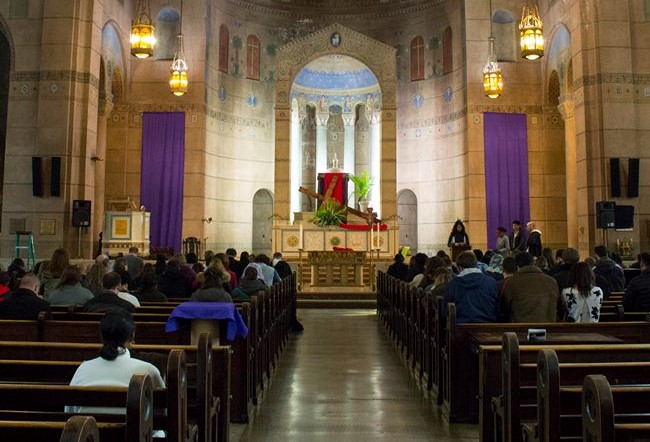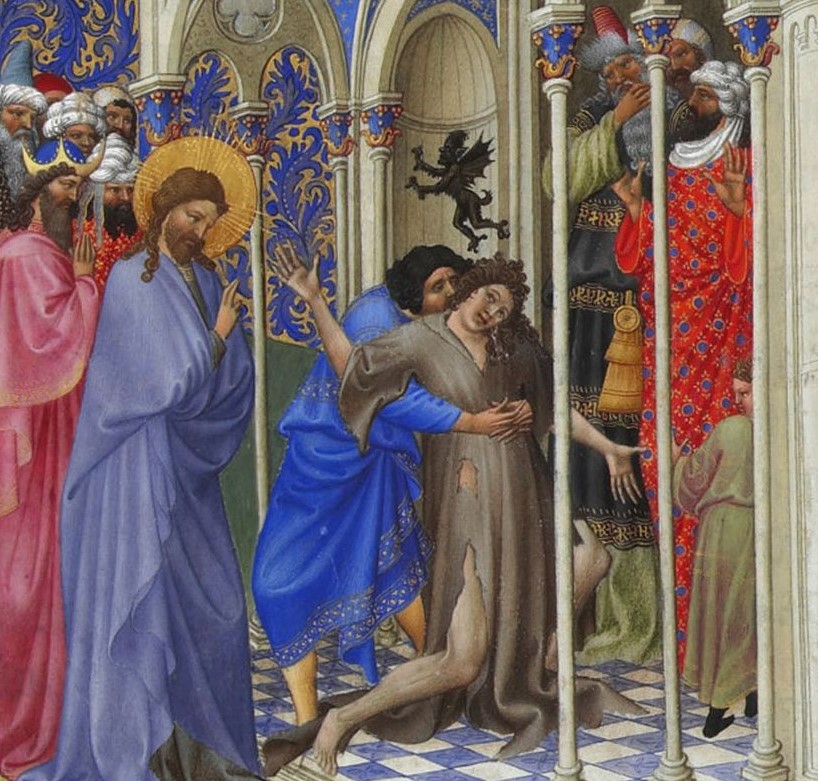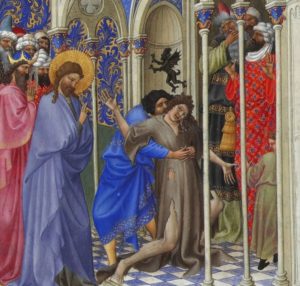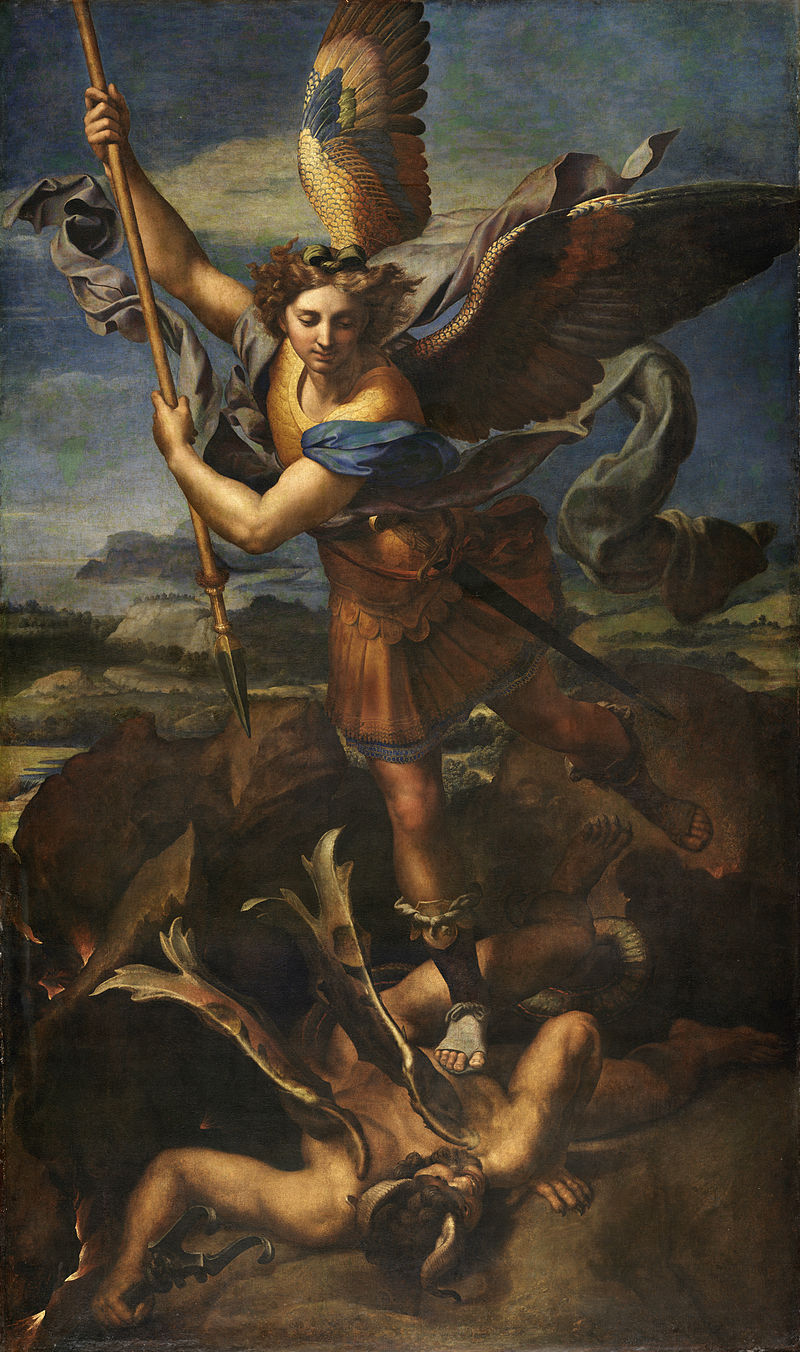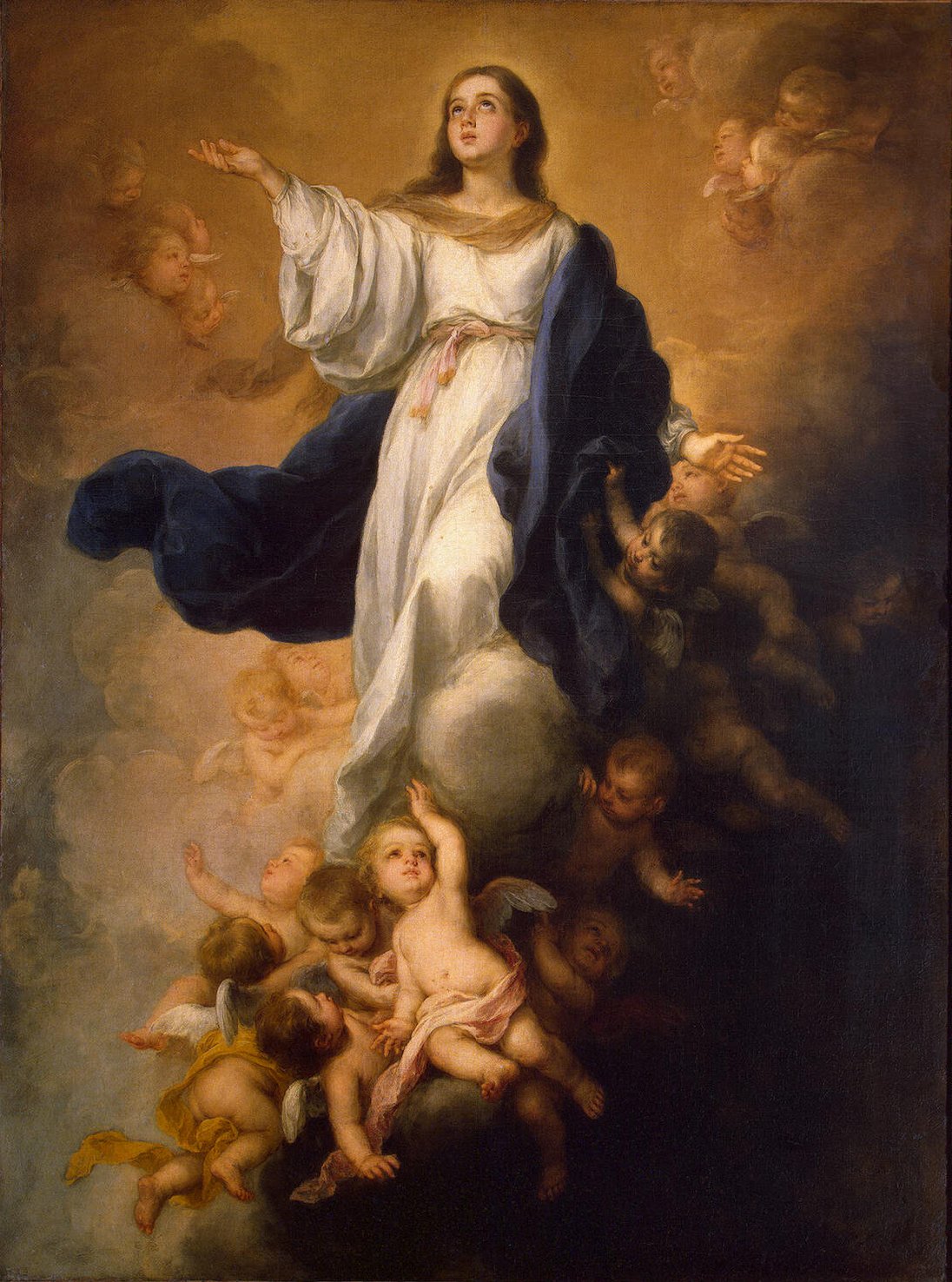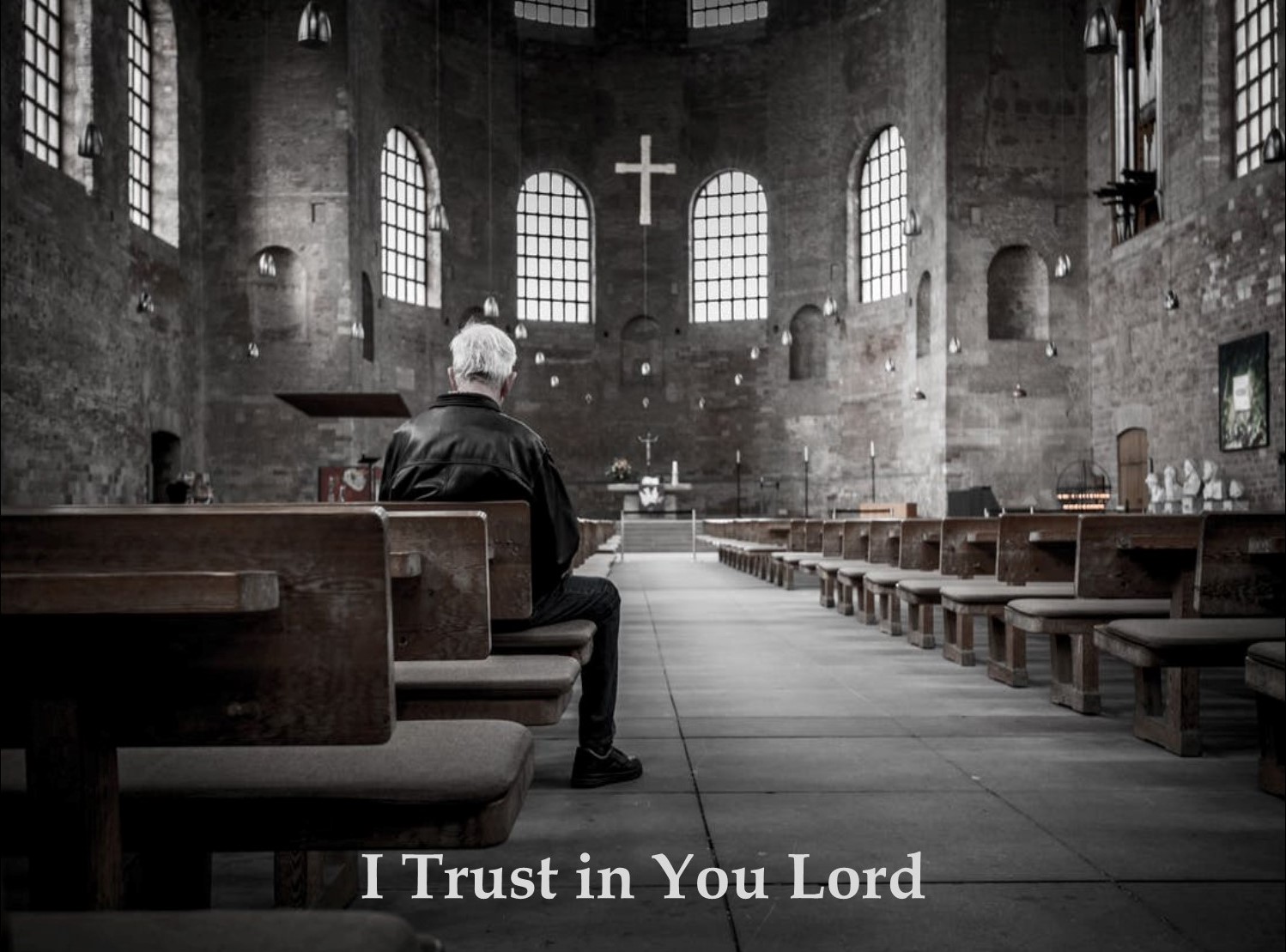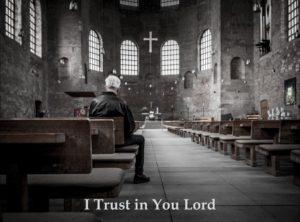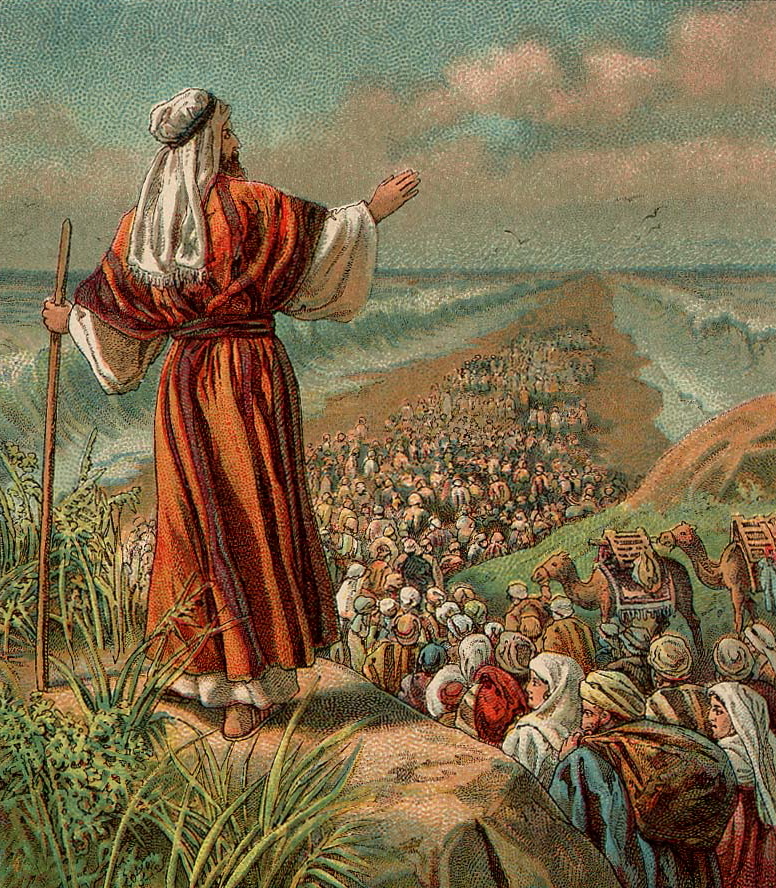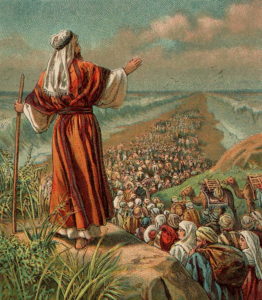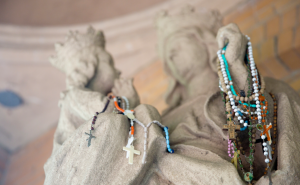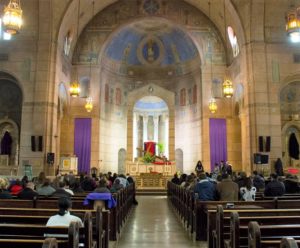 Every now and then someone will come to me and request parish services of some sort. Maybe it’s to plan a wedding, a baptism, or a funeral; maybe it’s to ask for money! Then I look at him or her and say, “Who are you?” (since I don’t recognize the person). “Oh, you may not know me but my mother and grandparents go here; this is our family church.” “I see, but where do you go to Mass?” I usually ask. The response is typically something like this: “Well, you know how it is, Father. I don’t get to Mass too often … but my mother comes every week!”
Every now and then someone will come to me and request parish services of some sort. Maybe it’s to plan a wedding, a baptism, or a funeral; maybe it’s to ask for money! Then I look at him or her and say, “Who are you?” (since I don’t recognize the person). “Oh, you may not know me but my mother and grandparents go here; this is our family church.” “I see, but where do you go to Mass?” I usually ask. The response is typically something like this: “Well, you know how it is, Father. I don’t get to Mass too often … but my mother comes every week!”
Well, I’ve got news for you: your Mama’s faith isn’t going to save you. You gotta have your own faith. You have to know Jesus for yourself. There are some things you just can’t borrow. Once, you depended on your mother and ultimately the Church to announce the True Faith to you; at some point, though, you have to be able to claim the True Faith as your own. Your mother can’t go to Mass for you and she can’t believe for you.
A few years ago a man came up to me in the grocery store parking lot and began to talk to me as if we were old friends. Perhaps he noticed the puzzled look on my face as I awkwardly wondered if I had ever met him. He seemed mildly offended and said, “Don’t you know who I am?” With some embarrassment, I admitted that I did not. He went on to explain that his family had been one the “pillar” families who had helped build the church and that I really ought to know who he was.
“Do you come to Mass often?” I asked. “No, but I was at my grandmother’s funeral, whom you buried. Perhaps you know who I am now!” I responded, “No. I certainly knew your grandmother, but I can’t say that I know you.” “That really hurts, Father, because if it hadn’t been for my family the church wouldn’t be there.”
Eventually I got the man to admit that he hadn’t been going to Mass for over twenty years, pretty much since he’d graduated from the parish school; his only attendance had been for the occasional funeral or wedding. “Consider this a dress rehearsal,” I told him humorously, but with ironic seriousness. “You may be angry and disappointed that I don’t know you, but it’ll be a lot worse to hear Jesus say ‘I don’t know you.’”
Indeed, one of the judgment scenarios has Jesus declare that he does not “know” some of those who seek entrance to Heaven:
- Many will say to me on that day, “Lord, Lord, did we not prophesy in your name and in your name drive out demons and in your name perform many miracles?” Then I will tell them plainly, “I never knew you. Away from me, you evildoers!” (Matt 7:22-23)
- Someone asked him, “Lord, are only a few people going to be saved?” He said to them, “Make every effort to enter through the narrow door, because many, I tell you, will try to enter and will not be able to. Once the owner of the house gets up and closes the door, you will stand outside knocking and pleading, ‘Sir, open the door for us.’ But he will answer, ‘I don’t know you or where you come from.’ Then you will say, ‘We ate and drank with you, and you taught in our streets.’ But he will reply, ‘I don’t know you or where you come from. Away from me, all you evildoers!’” (Lk 13:23-27)
- Later the other virgins also came, saying, “Lord, Lord, open up for us.” But he answered, “Truly I say to you, I do not know you.” Be on the alert then, for you do not know the day nor the hour (Mat 25:12-13).
We may wonder how it is that the Lord does not “know” someone. Isn’t He omniscient?
Here it helps to understand that the “knowing” referred to in Scripture does not have the modern Western notion of simple intellectual knowing. To “know” in biblical terms, describes knowing through personal experience. Hence knowing someone implies an intimacy, a personal experience with another person, thing, or event. Sometimes the Scriptures use “knowing” to refer to sexual intercourse (e.g., Gen 4:17,25; Lk 1:34).
Hence the Lord, who does not force us to be in an intimate relationship with Him, is indicating in verses like these that some of the people seeking entry to Heaven (probably more for its pleasures than for its supreme purpose as a marital union with God) have refused His invitation to intimacy. He does not “know” them because they never wanted to be known by Him in any intimate way. They may have known of Him. They may even have spoken and taught of Him; but they did not want Him. They may have used Him for their own purposes, but they did not want Him. Jesus stands at the door and knocks; He does not barge in and force Himself on anyone.
Therefore, we must each personally and individually accept the Lord’s invitation to enter our lives and transform our hearts. We cannot simply say, “My family built this church,” or “I went to Catholic school,” or “My mother goes here.”
Remember the story of the wise and foolish virgins (Matt 25:1-13)? They were waiting for the groom (in those days you waited for the groom; nowadays we wait for the bride) to show up for the wedding. Five were wise and brought extra oil for their lamps while five were foolish and did not. The groom’s arrival was delayed so the foolish ones said to the wise, “Give us some of your oil.” The wise ones responded that they could not do this because there was not enough oil for all ten of them.
You see, there are some things you just can’t borrow and some things you just can’t lend. You can’t lend your readiness to meet God to someone else. You can’t borrow someone else’s intimacy with God.
You know what happened in the story: The foolish bridesmaids went off to buy more oil and missed the groom’s arrival; when they returned they were not permitted to enter the wedding feast. In those days, when a wedding feast began the doors were locked and no one else could enter. When the foolish virgins arrived back, the groom said that he did not know them.
The bottom line is that you have to know Jesus for yourself. You can’t borrow your mother’s intimacy, relationship, or readiness. You have to have your own. No one can go to Mass for you. You can’t borrow someone else’s holiness.
There is an old gospel hymn that says, “Yes, I know Jesus for myself.” It’s not enough to quote the pastor; it’s not enough to parrot what your mother said. You have to know Him yourself.
Do you know Him? I didn’t ask, “Do you know about Him.” This is more than intellectual knowing; this is the deep, biblical, experiential knowing. Do you know the Lord Jesus? Have you experienced that He has ministered to you in the sacraments? Have you heard His voice resounding from the pulpit and in others you meet? Do you know Him? Don’t be satisfied that your mother or grandmother knew Him. You are called to know Him for your very self.
Below are a couple of renditions of the gospel classic I mentioned. The first is performed by the St. James Mass Choir; the second, by a choir from girls’ school in Poland! Watch the first and then enjoy a very different version as the song leaps across the Atlantic to Eastern Europe. What a wonderful world it is! Despite crossing and cultures and a vast ocean, the message remains the same: Yes, I know Jesus for myself.

